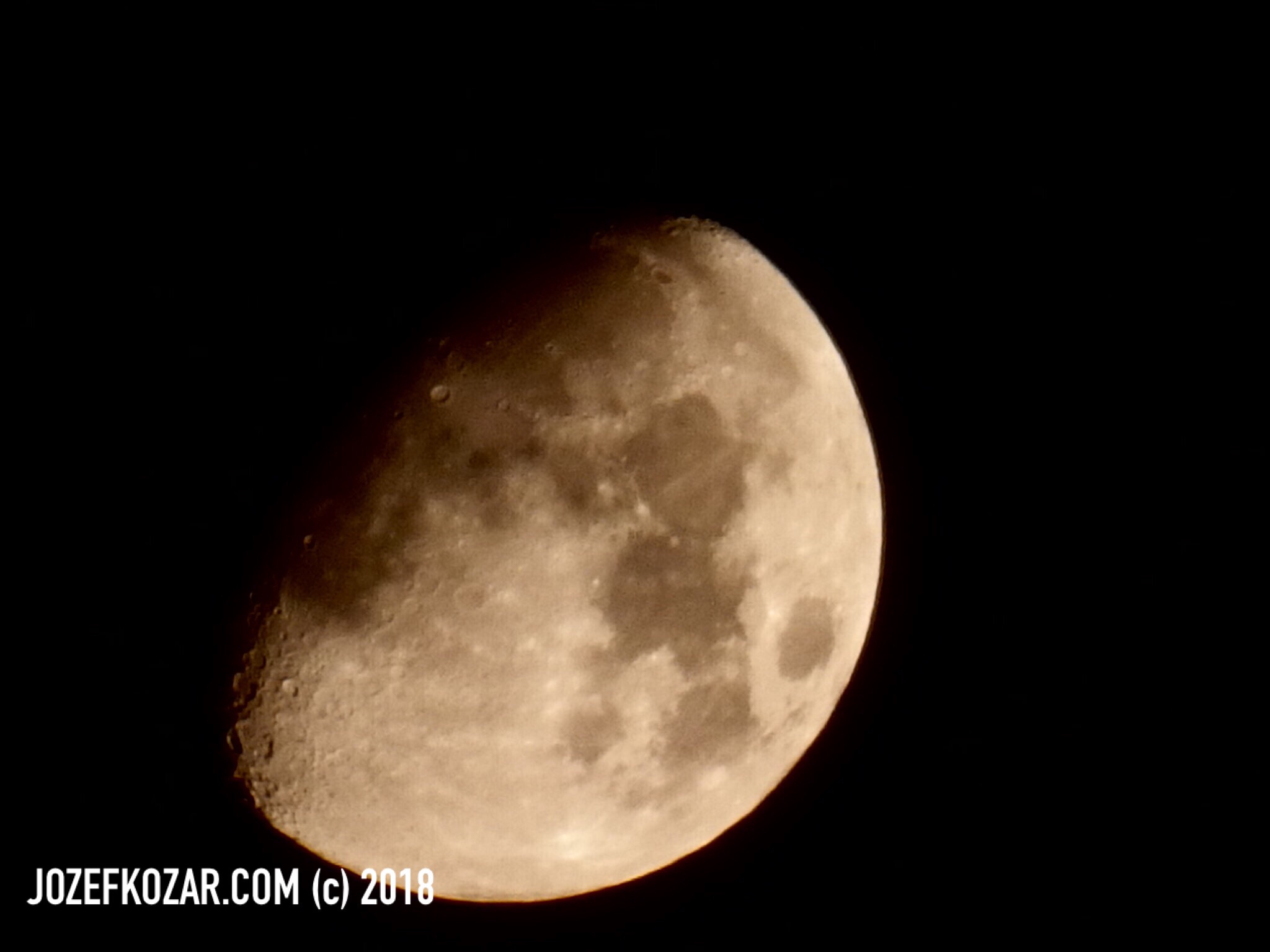From history: The first landing on Mars (Part 2)
In the second part of a series of articles about the first landing on Mars, we will focus on the mission and how it continued on Mars.
It was December 2, 1971, on Earth, when the first probe softly landed on the surface of Mars. The name of the probe was Mars 3. This probe was an unmanned space probe of the Soviet Mars program which spanned the years between 1960 and 1973. The interplanetary space probe Mars 3 was launched nine days after its twin spacecraft Mars 2. Both interplanetary space probes were identical spacecraft. But after the crash-landing of Mars 2, its sister Mars 3 finally soft-landed with no problems.

A cut-away view of the Mars 3 Lander at the NPO Lavochkin Museum. Image Credit: NASA
Mars 3 consisted of three parts – an orbiter, a lander, and a small rover. Yes, rover, even when it did not have any wheels. It was designed to make movements by some kind of “duck walking”. More about this rover called Prop-M, you can read here in a separate article.
The primary mission of the orbiter was to study the topography of the surface, analyze its soil composition, measure various properties of the atmosphere, monitor solar radiation and solar wind, and also the martian magnetic fields. In addition, it was planned to use the orbiter as a communication relay between Earth and Mars surface lander. However the orbiter was experiencing troubles with partial loss of fuel, its engine put the spacecraft into a highly-elliptical long-period orbit around Mars (12 days, 19 hours).
And these technical problems were not the only ones. Planet mars can make surprises when you do not expect that. And the same happened at that time. When Mars 3 and Mars 2 arrived at Mars, there was a large, planet-wide dust storm. This has affected also the mission because both probes released their landers almost immediately after arriving at Mars.
Planned observing of surface features and mapping of the surface was impossible. After landing, the lander of Mars 3 sent its first surface photographs back to Earth, then lived a very short time and stopped communicating with Earth.
The Mars 3 orbiter sent back some data covering the period from December 1971 to March 1972, although transmissions continued through August of that year. It was announced that Mars 3 had completed the mission by 22 August 1972, after 20 orbits. The probe, combined with Mars 2, sent back a total of 60 pictures. The images and data revealed mountains as high as 22 km, atomic hydrogen and oxygen in the upper atmosphere, surface temperatures ranging from -110 C to +13 C, surface pressures of 5.5 to 6 mb, water vapor concentrations 5000 times less than in the Earth’s atmosphere, the base of the ionosphere starting at 80 to 110 km altitude, and grains from dust storms as high as 7 km in the atmosphere. The images and data enabled the creation of surface relief maps and gave information on Martian gravity and magnetic fields. [1]
The Mars 3 descent module was mounted on the bus/orbiter opposite the propulsion system. It consisted of a spherical 1.2 m diameter landing capsule, a 2.9 m diameter conical aerodynamic braking shield, a parachute system, and retro-rockets.
The entire descent module had a fueled mass of 1210 kg, the spherical landing capsule accounted for 358 kg of this. An automatic control system consisting of gas micro-engines and pressurized nitrogen containers provided attitude control. Four “gunpowder” engines were mounted to the outer edge of the cone to control pitch and yaw.
The main and auxiliary parachutes, the engine to initiate the landing, and the radar altimeter were mounted on the top section of the lander. The foam was used to absorb shock within the descent module. The landing capsule had four triangular petals which would open after the landing, righting the spacecraft and exposing the instrumentation.
The lander was equipped with two television cameras with a 360-degree view of the surface as well as a mass spectrometer to study atmospheric composition; temperature, pressure, and wind sensors. Also, it had devices to measure the mechanical and chemical properties of the surface, including a mechanical scoop to search for organic materials and signs of life. [2]
(To be continued in the next article.)
~Jozef
This is the second part of a series of articles on this topic. You can read the first part here and the third part here.
References:
[1] Perminov, V.G. (July 1999). The Difficult Road to Mars – A Brief History of Mars Exploration in the Soviet Union. NASA Headquarters History Division. pp. 34–60. ISBN 0-16-058859-6.
[2] Mars 3. Wikipedia. [online]. 2.12.2014 [cit. 2014-12-02]. Available at: http://en.wikipedia.org/wiki/Mars_3
[3] Charlene Anderson. Projects: Space Information. Web Archive: The Planetary Society: The First Rover on Mars – The Soviets Did It in 1971. [online]. 2.12.2014 [cit. 2014-12-02]. Available at: http://web.archive.org/web/20110605111822/http://www.planetary.org/programs/
projects/space_information/tpr_1990_4_anderson.html
The featured image by Freepik.




